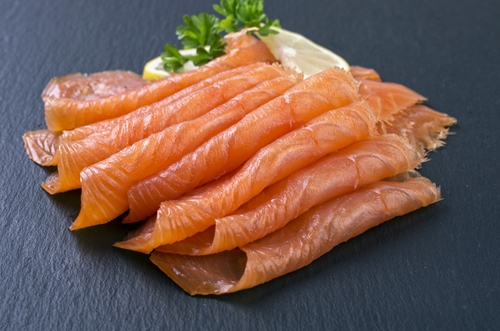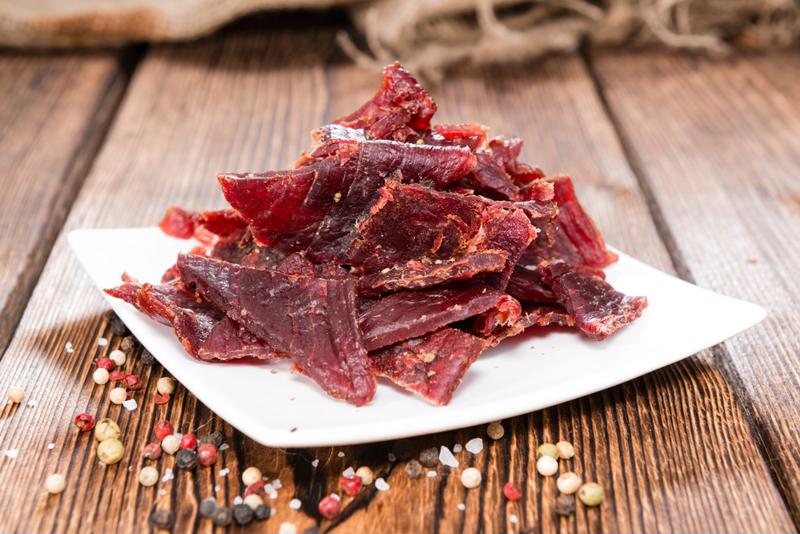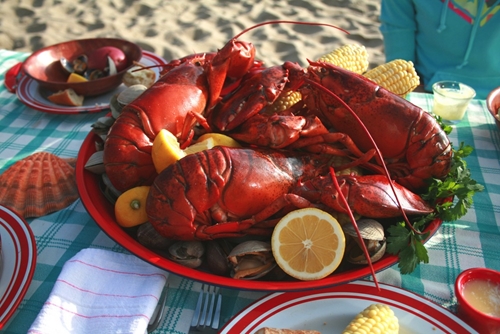
Smoking and Drying Your Game
- Wild Game & Fish
- 03/31/17
- Share
It can be overwhelming to bring so much meat back from a hunting trip. It seems crazy that you'd ever be able to consume a whole deer! If you've already filled your freezer up with meat preserved with your FoodSaver® GameSaver® Titanium G800 Food Preservation System, you might want to consider smoking it or making jerky with the leftover meat. Here's what you should know about these processes:

Smoking Options
Smoking is a great way to preserve and enhance the flavor profile of meat and fish. There are two different routes you can take: hot or cold smoking. It's also imperative that you have a supply of wood chips handy, as they're necessary to conduct the heat and they contribute to some delicious smoky flavor! Some of the most popular woods for smoking include ash, hickory and apple wood. Here are the basics of each method of smoking:
- Hot: Hot-smoked meat should be eaten the day it's smoked, but hot-smoked fish can be preserved for a week at room temperature. You can hot-smoke your game by keeping it in an enclosed area, like a smoker with the smoke and burning wood chips. The meat will be cooked by the heat and smoke. You can add herbs or any other flavoring mediums before smoking so the flavor really permeates the meat or fish.
- Cold: Cold-smoking is a longer process than hot-smoking. This is done by allowing the meat or fish to dry out and smoking it at a lower temperature so the meat doesn't actually cook. While hot-smoking takes a few hours, cold-smoking will take a full day or two. These meats can last a couple of weeks if you store them in the refrigerator.
"Try different marinades."
Making Jerky
Flavoring and making your own jerky is a great way to spend a Sunday afternoon. You can use a dehydrator if you have one, or do it the old fashioned way by allowing it to dry out in the oven all day. Start off by slicing your meat into thin slices, making sure you've removed as much fat as possible.
After all of your meat has been sliced into manageable sizes, you'll want to add some flavor. While you can certainly dry your meat with just salt, that's no fun! Experiment with different marinades - a tangy one like teriyaki, a sweet one and a spicy one are good places to start! Allow the meat to mix with the liquid and seasonings in a FoodSaver® Quick Marinator in the refrigerator. This container accelerates the marinade process, letting you get flavorful food in minutes rather than hours.
When it comes time to dry your meat, lay it in a single layer in your dehydrator or directly on your oven rack. If you're doing this in the oven, place a cookie sheet or tin foil on the bottom of your oven so the juices from the meat don't make a mess. Leave your oven on a low temperature - no higher than 200 degrees and prop the door open just a crack so your meat dehydrates as opposed to cooks. After a couple of hours, rotate the meat and allow it to finish cooking. After about seven hours, check the status of the meat frequently to ensure it doesn't overcook. To check this, pull out one piece and bend it carefully. It should give and then break. Jerky that breaks immediately, however, is overcooked. Keep an eye out for that perfect bend and snap.


